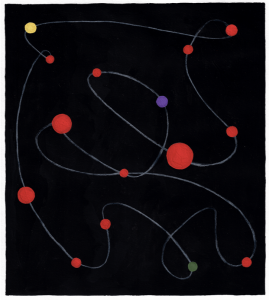The creative and digital sector is growing exponentially across the city of Liverpool, but one long-neglected neighbourhood is leading the charge, as Tom Jenkins finds out
 Inconspicuous is an apt word to describe Liverpool’s Baltic Triangle. Sitting at the south westerly tip of the city centre, it barely covers an area of half a square mile and has the look and feel of a sleepy industrial estate. But behind the warehouse walls and the corrugated shutters, a collection of canny, ambitious creatives are helping to turn this long-neglected no man’s land into one of the UK’s most significant creative quarters.
Inconspicuous is an apt word to describe Liverpool’s Baltic Triangle. Sitting at the south westerly tip of the city centre, it barely covers an area of half a square mile and has the look and feel of a sleepy industrial estate. But behind the warehouse walls and the corrugated shutters, a collection of canny, ambitious creatives are helping to turn this long-neglected no man’s land into one of the UK’s most significant creative quarters.
Collaboration is at the core of the Baltic philosophy, as Simon Rhodes, the managing and creative director of Smiling Wolf, a digital agency based in the Baltic, explains: “You’ve got filmmakers, app developers, animators and musicians, all in a pretty condensed part
Below: Ian Richards and Camp and Furnace
of town. You never know what’s around the corner, you get some surprising collaborations”. Rhodes has designed websites for other local businesses including software developers Starship – COO Clemens Wangerin jokingly refers to it as “sourcing locally” – and The City Tribune, a recently launched online business magazine. He’s also a director and shareholder in Camp and Furnace, a restaurant/bar cum events venue that’s become something of a hub for the local creative community. Manager Ian Richards feels the juxtaposition of old and new is what makes the Baltic what it is. “Every week or two there’s a new brewery opening up next to a ceramicist, next to an existing car-breakers or a welding and fabrication company. The Liverpool creative ‘tribes’ if you like, have always been quite nomadic.”
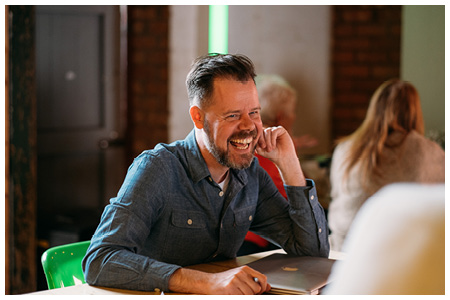
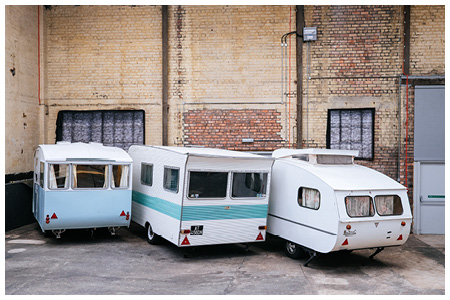 Richards and Rhodes have been in the area for three and four years respectively, attracted by the cheap rents and the building stock – “big open space, wooden floors, brick walls… all the clichés” according to Richards. Inevitably rents have risen and of course parallel to this there are the stirrings of a gentrification debate. The Baltic Creative Community Interest Company (CIC) – Rhodes and Wangerin are both board members – aims to “provide creative space that meets the varied needs of the creative and digital sector” whilst helping the area to retain its gritty charm.
Richards and Rhodes have been in the area for three and four years respectively, attracted by the cheap rents and the building stock – “big open space, wooden floors, brick walls… all the clichés” according to Richards. Inevitably rents have risen and of course parallel to this there are the stirrings of a gentrification debate. The Baltic Creative Community Interest Company (CIC) – Rhodes and Wangerin are both board members – aims to “provide creative space that meets the varied needs of the creative and digital sector” whilst helping the area to retain its gritty charm.
“The Liverpool creative ‘tribes’ if you like, have always been quite nomadic”
“The CIC can set a kind of framework for the type of businesses and developments we’d like in the area, so there is a manifesto,” says Rhodes. “We can object to schemes on specific grounds, but ultimately developers are going to do what they do. Obviously we’d like those developments that do happen to take onboard the manifesto and have a good design quality to them. If there’s a strategy, it’s to influence as and where we can, and to engage with people moving into the area.”
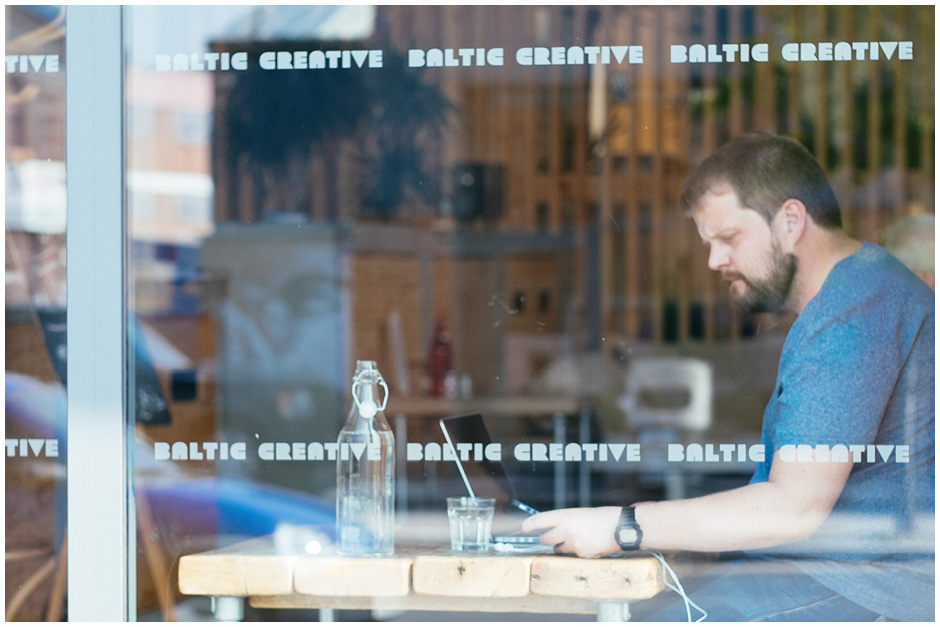
Says Richards: “I certainly wouldn’t want to lose the feel of the Baltic Quarter, but from Camp and Furnace’s point of view we’re pro anything that brings more life into this section of the city. What it will look like in a couple of year’s time, I’ve no idea. We’re very lucky because Liverpool City Council is very supportive of what we’re doing and they tend to see the Baltic as a flagship for regeneration within the city.”
Council representatives regularly attend meetings with stakeholders in the area, acting as the middlemen between the creative community and the developers. Understandably, they are keen to nurture a sector which is “more robust than it has ever been, with particular strengths in areas like games development” and point to a growth in the creative and digital sector across the city, in places like Gostins Arcade, Liverpool Science Park and Liverpool Innovation Park.
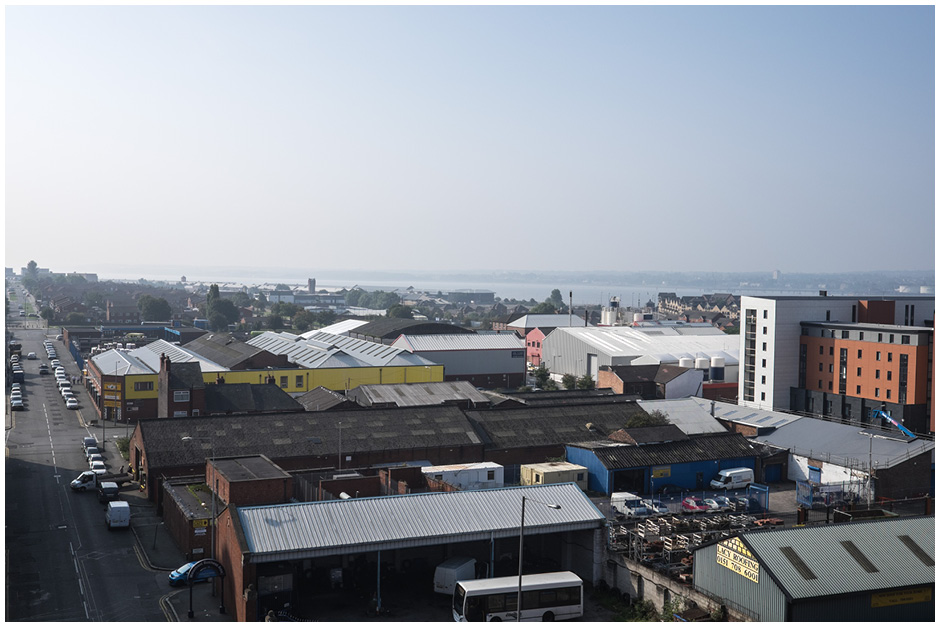
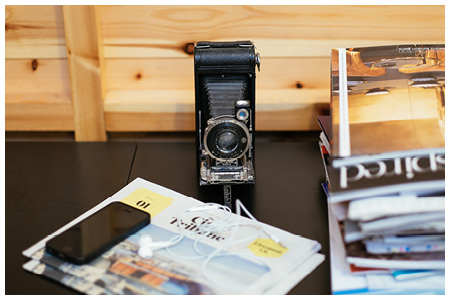
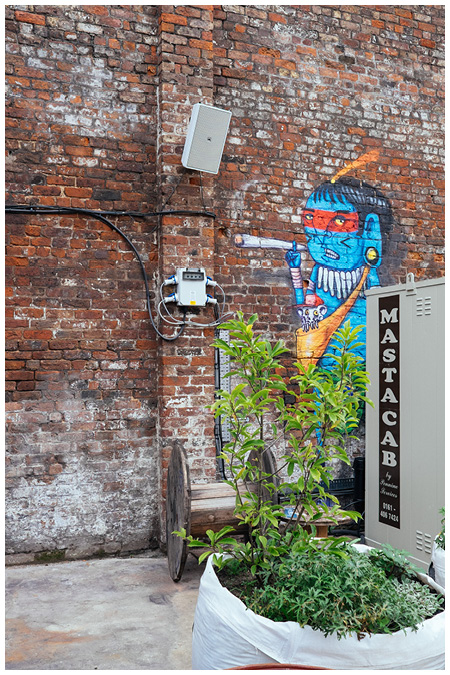
Almost universally, the businesses I spoke to emphasised the need for greater retail options in the Baltic – “you can’t just have a work ghetto” says Rhodes – preferably independent retailers, at the very least to provide greater meal choices for a growing workforce and also to support a flourishing night time economy. The council is supportive and though generally discouraging of retail outside of the main areas designated in the city’s Unitary Development Plan (2002) – namely the £1 billion Liverpool One, roughly ten minutes walk from the Baltic – this “does not preclude small independent retailers from opening in the Baltic Triangle”, though they cannot control who the actual operator may be.
“Liverpool City Council is very supportive of what we’re doing and they tend to see the Baltic as a flagship for regeneration within the city”
Wangerin would like to see more green spaces to emphasise the green nature of tech, but there’s nothing deliberate about the Baltic aesthetic. “A complex of timeworn, industrial buildings, some of which have had elements of design intervention, some of which have been left because there’s a beautiful feeling in some of the decay and the dereliction, in showing their true past” is the accurate and heartfelt description offered by Richards.
Framed by the Mersey and the Anglican Cathedral it feels like the Baltic Triangle is metaphorically dragging itself from the depths and reaching for divine inspiration. But that’s a little overstated. As the collective voice states on the ‘about’ section of the *community website (designed by Smiling Wolf of course), “That’s us… Quietly, under the radar, just getting on with our stuff.”
Photography Mike Gannon
Left: Street art in the quarter




